|
Andrea Ramazzina Since 2021, I'm a PhD student at Mercedes-Benz and Technical University of Munich, supervised by Federico Tombari, Felix Heide and Mario Bijelic. My main research focus is on understanding the world through generative models. Before that, from 2019 to 2021 I worked at Volvo Autonomous Solutions developing their V&V analytics and other data science projects. Here, I was also part of the Engineering Graduate Program 2019. I have a MS in Physics of Complex Systems from Chalmers University of Technology where I worked with Fredrik Kahl, and a double BS degree from Politecnico di Milano and Tongji University. During my studies I was recipient of the PoliTong Scholarship (2015), Adlerbert Hospitality Foundation Scholarship (2018) and Taiwan Elite Internship Program Scholarship (2018). |

|
ResearchI'm interested in computer vision, machine learning, optimization, and complex adaptive systems. * denotes equal contribution. |

|
LSD-3D: Large-Scale 3D Driving Scene Generation with Geometry Grounding
Julian Ost*, Andrea Ramazzina*, Amogh Joshi*, Maximilian Bömer, Mario Bijelic, Felix Heide AAAI, 2026 Project Website We present a method to directly generate large-scale 3D driving scenes with accurate geometry, allowing for causal novel view synthesis with object permanence and explicit 3D geometry estimation. |
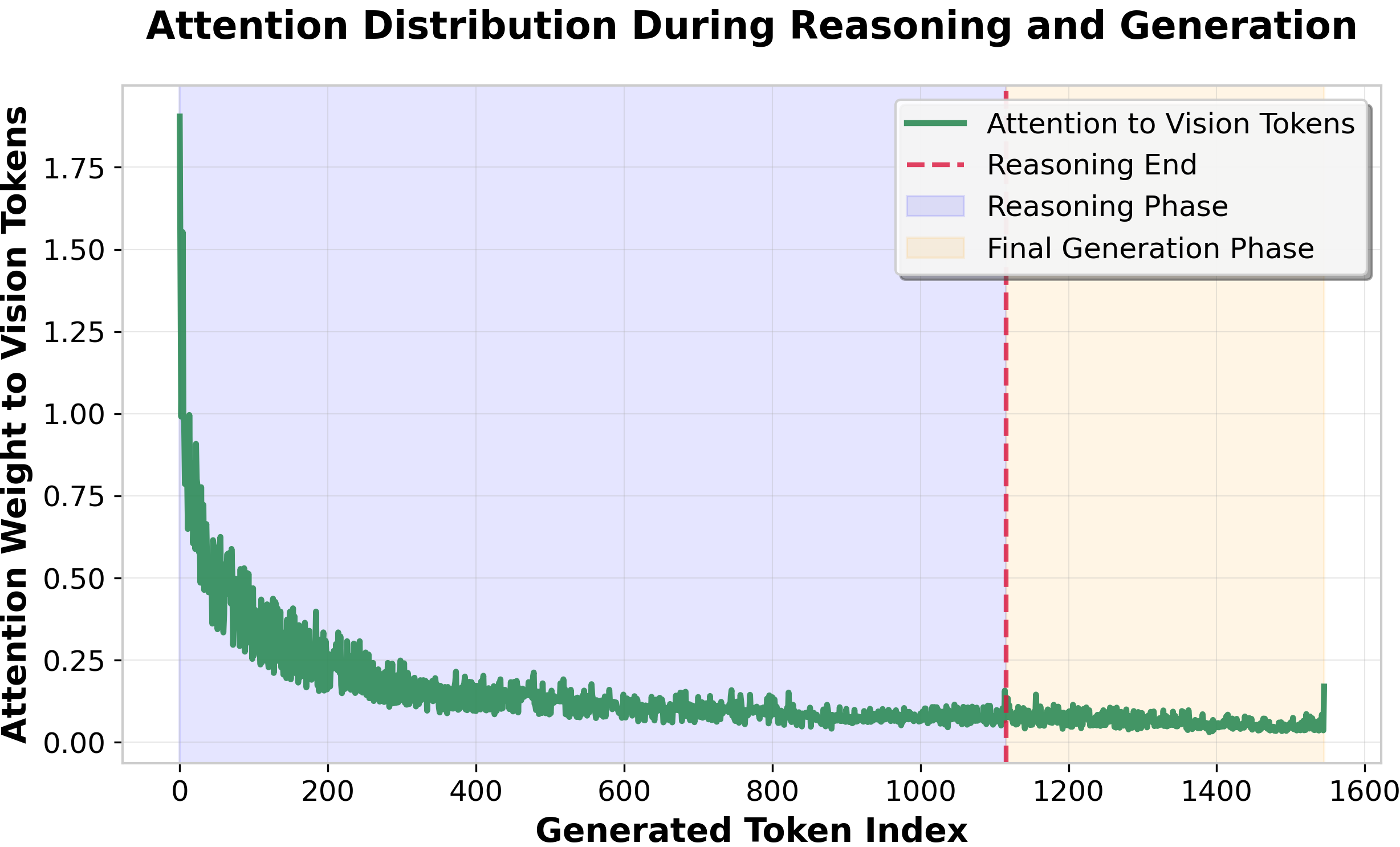
|
Reasoning with Fewer Eyes: Efficient Visual Token Withdrawal for Multimodal Reasoning
Andrea Ramazzina, Tobias Haab, David Fitzek, Stefano Gasperini, Jonas Uhrig, Mario Bijelic NeurIPS 2025 Workshop on Efficient Reasoning Project Website We propose a training-free method to accelerate multimodal reasoning in vision-language models by removing vision tokens after a few decoding steps—significantly reducing memory and computation while maintaining reasoning accuracy. |

|
Transient LASSO: Transient Large-Scale Scene Reconstruction
Dominik Scheuble*, Andrea Ramazzina*, Hanno Holzhüter, Stefano Gasperini, Steven Peters,Federico Tombari, Mario Bijelic, Felix Heide SIGGRAPH ASIA, 2025 Project Website We introduce a neural scene reconstruction method operating on raw transient measures of outdoor in-the-wild captures to accurately reconstruct the underlying scene geometry and properties. |

|
A Multi-Modal Benchmark for Long-Range Depth Evaluation in Adverse Weather Conditions
Stefanie Walz*,Andrea Ramazzina*, Dominik Scheuble*, Samuel Brucker, Alexander Zuber, Werner Ritter, Mario Bijelic, Felix Heide IROS, 2025 Website We introduce a novel evaluation benchmark that extends depth evaluation up to 200 meters under clear, foggy, and rainy conditions, and evaluate state-of-the-art perception models on it. |
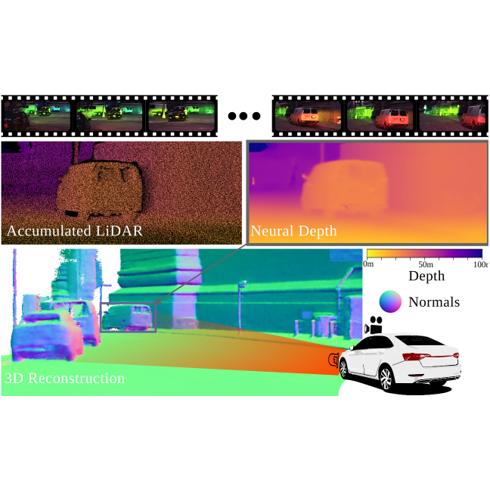
|
Gated Fields: Learning Scene Reconstruction from Gated Videos
Andrea Ramazzina*, Stefanie Walz*, Mario Bijelic, Pragyan Dahal, Felix Heide CVPR, 2024 Project Page / Code / PDF We propose a neural rendering approach that seamlessly incorporates time-gated capture and illumination. Our method exploits the intrinsic depth cues in the gated videos, achieving precise and dense geometry reconstruction irrespective of ambient illumination conditions. |
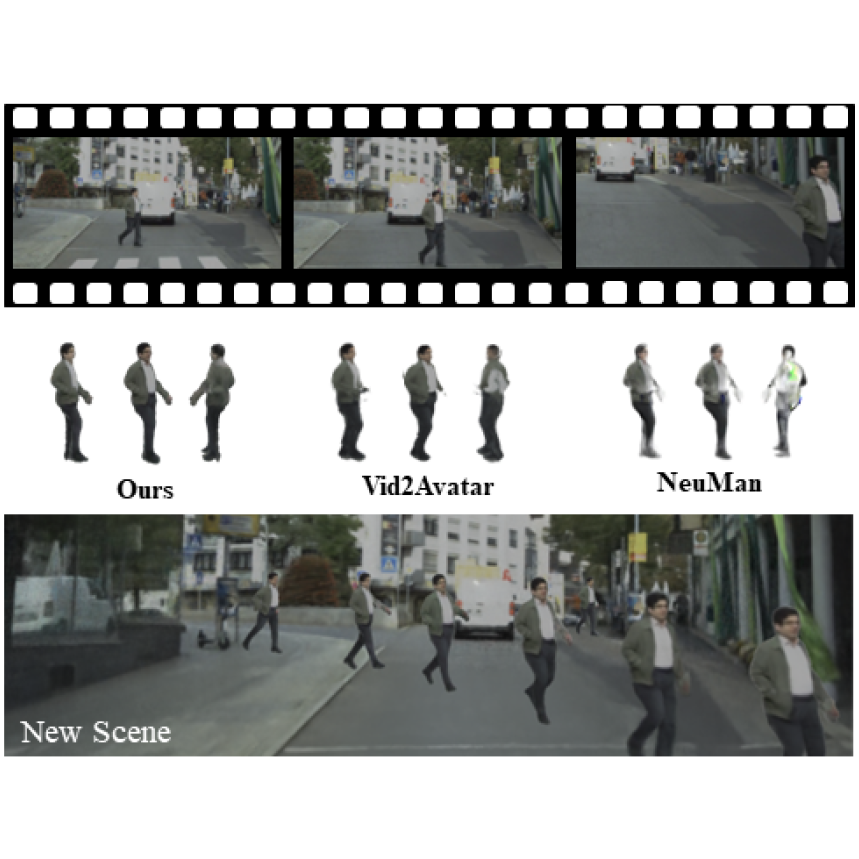
|
Learning Complete Human Neural Representations from Limited Viewpoints
Alessandro Sanvito*, Andrea Ramazzina*, Stefanie Walz, Mario Bijelic, Felix Heide IEEE IV, 2024 ArXiv We introduce HINT, a novel method able to learn a robust representation of a human captured only in a limited range of views augmenting existing sequences with novel views of the person and poses. |
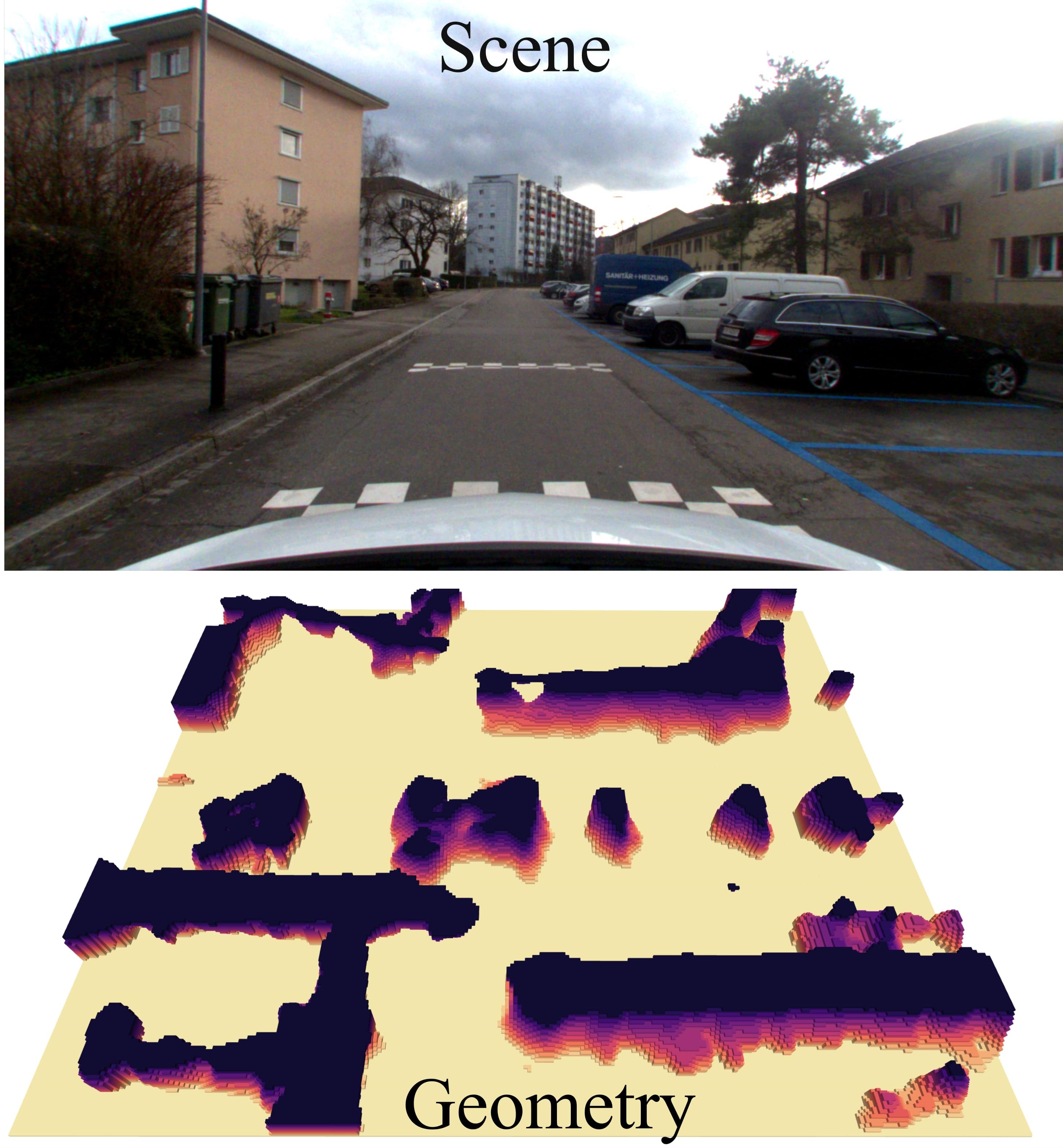
|
Radar Fields: Frequency-Space Neural Scene Representations for FMCW Radar
David Borts, Erich Liang, Tim Brödermann, Andrea Ramazzina, Stefanie Walz, Edoardo Palladin, David Bruggemann, Christos Sakaridis, Luc Van Gool, Mario Bijelic, Felix Heide SIGGRAPH, 2024 Project Page / ACM / Code / ArXiv We introduce Radar Fields - a neural scene reconstruction method designed for active radar imagers. Our approach unites an explicit, physics-informed sensor model with an implicit neural geometry and reflectance model to directly synthesize raw radar measurements and extract scene occupancy. |
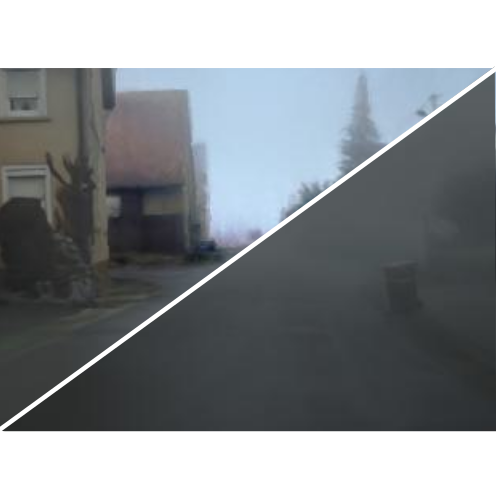
|
ScatterNeRF: Seeing Through Fog with Physically-Based Inverse Neural Rendering
Andrea Ramazzina, Mario Bijelic, Stefanie Walz, Alessandro Sanvito, Dominik Scheuble, Felix Heide ICCV, 2023 Project Page / Code / ArXiv We learn a foggy scene from a single video, disjointly representing scattering volume and scene objects through physics-inspired losses. This allows for accurate rendering of novel views with full control over the scattering volume, as well as a more accurate estimation of the 3D scene. |
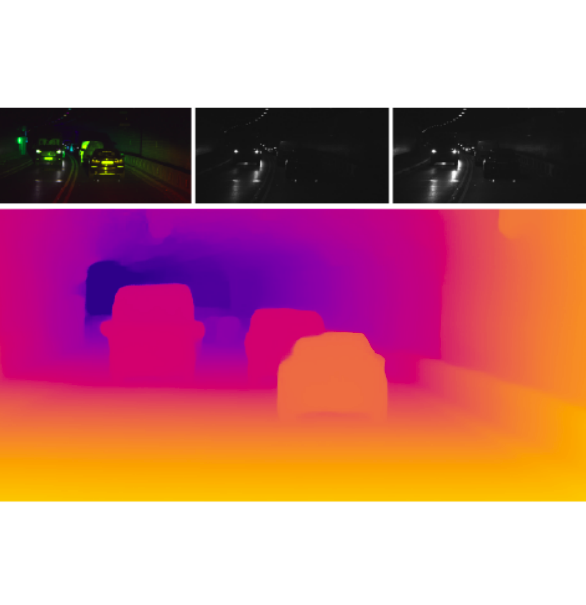
|
Gated Stereo: Joint Depth Estimation from Gated and Wide-Baseline Active Stereo Cues
Stefanie Walz, Mario Bijelic, Andrea Ramazzina, Amanpreet Walia, Fahim Mannan, Felix Heide CVPR, 2023 (Highlight) Project Page / Code / ArXiv We propose Gated Stereo, a high-resolution and long-range depth estimation technique that operates on active gated stereo images. |
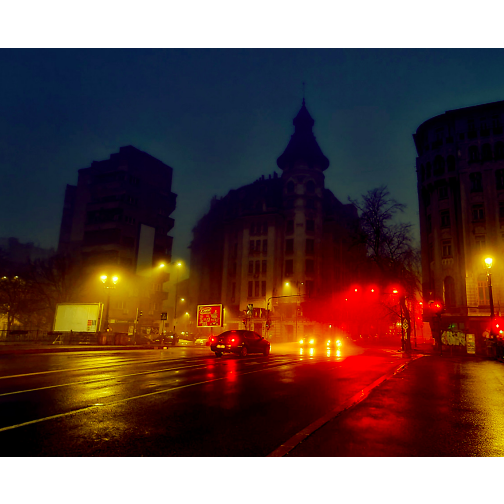
|
Single scattering models for radiative transfer of isotropic and cone-shaped light sources in fog
Simeon Geiger, André Liemert, Dominik Reitzle, Mario Bijelic, Andrea Ramazzina, Werner Ritter, Felix Heide, Alwin Kienle Optics Express, 2022 Paper We present an improved solution to calculate the so called air-light integral that can be evaluated fast and robustly for an isotropic point source in homogeneous media. |
Previously Supervised Students
|
|
Design and source code from Jon Barron's website |